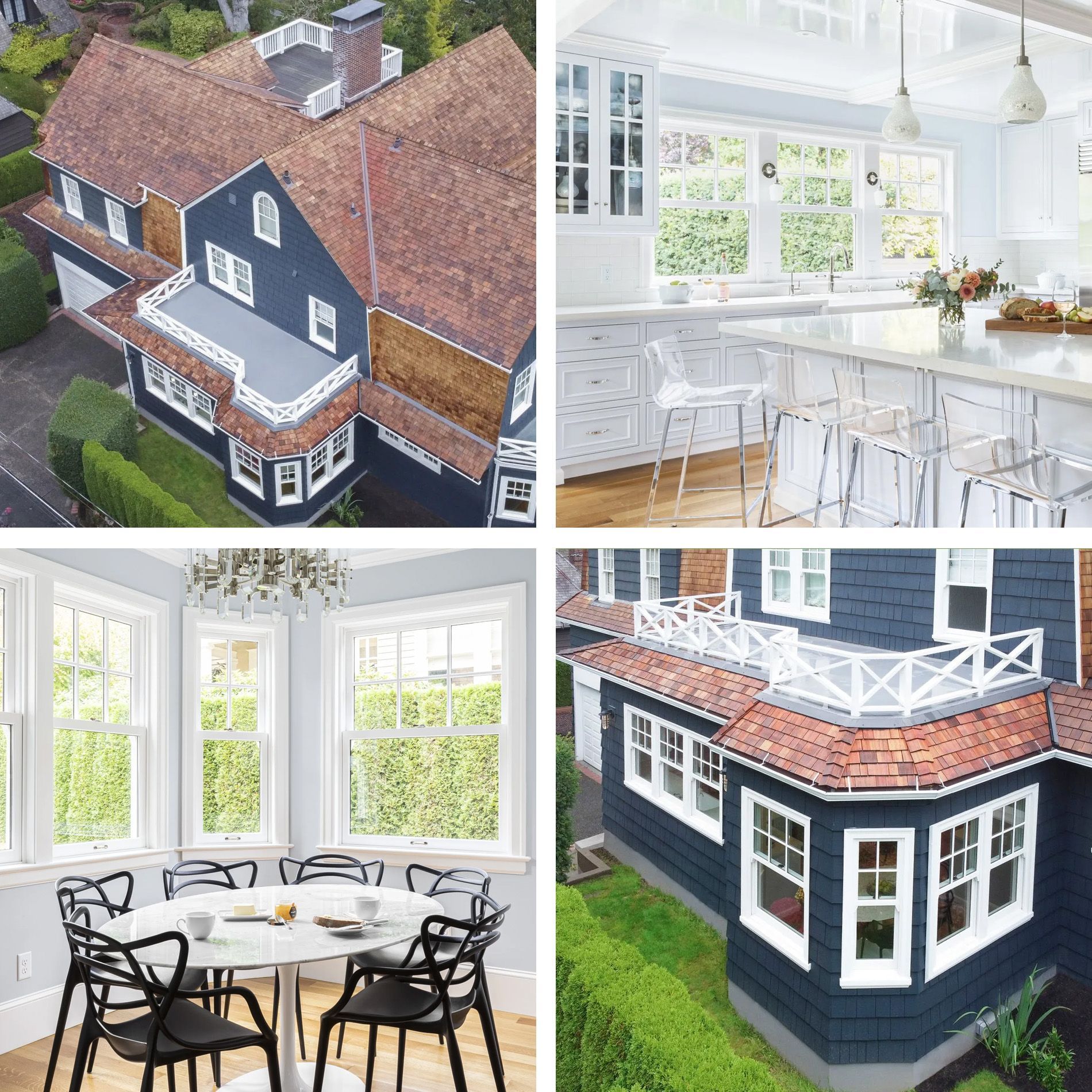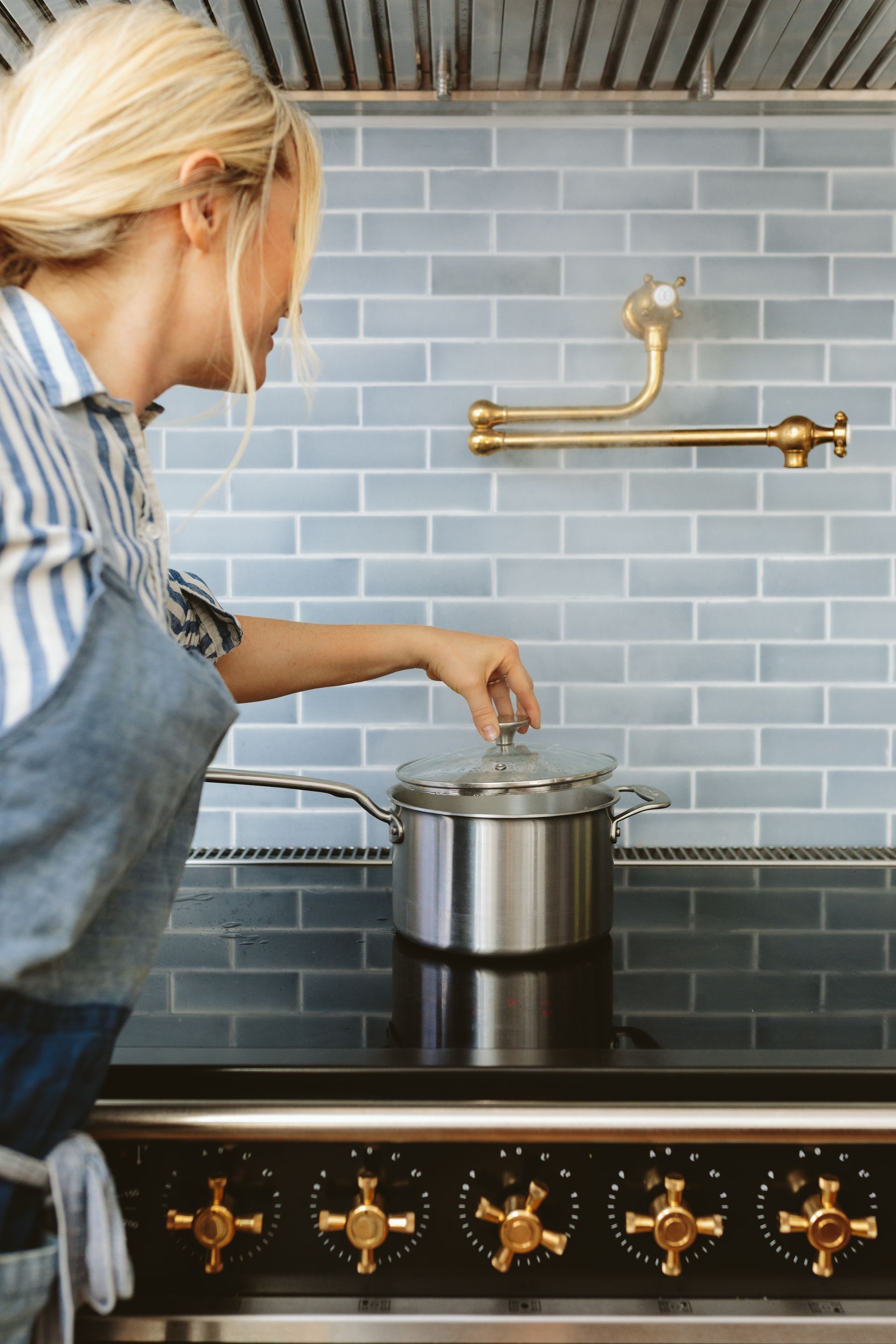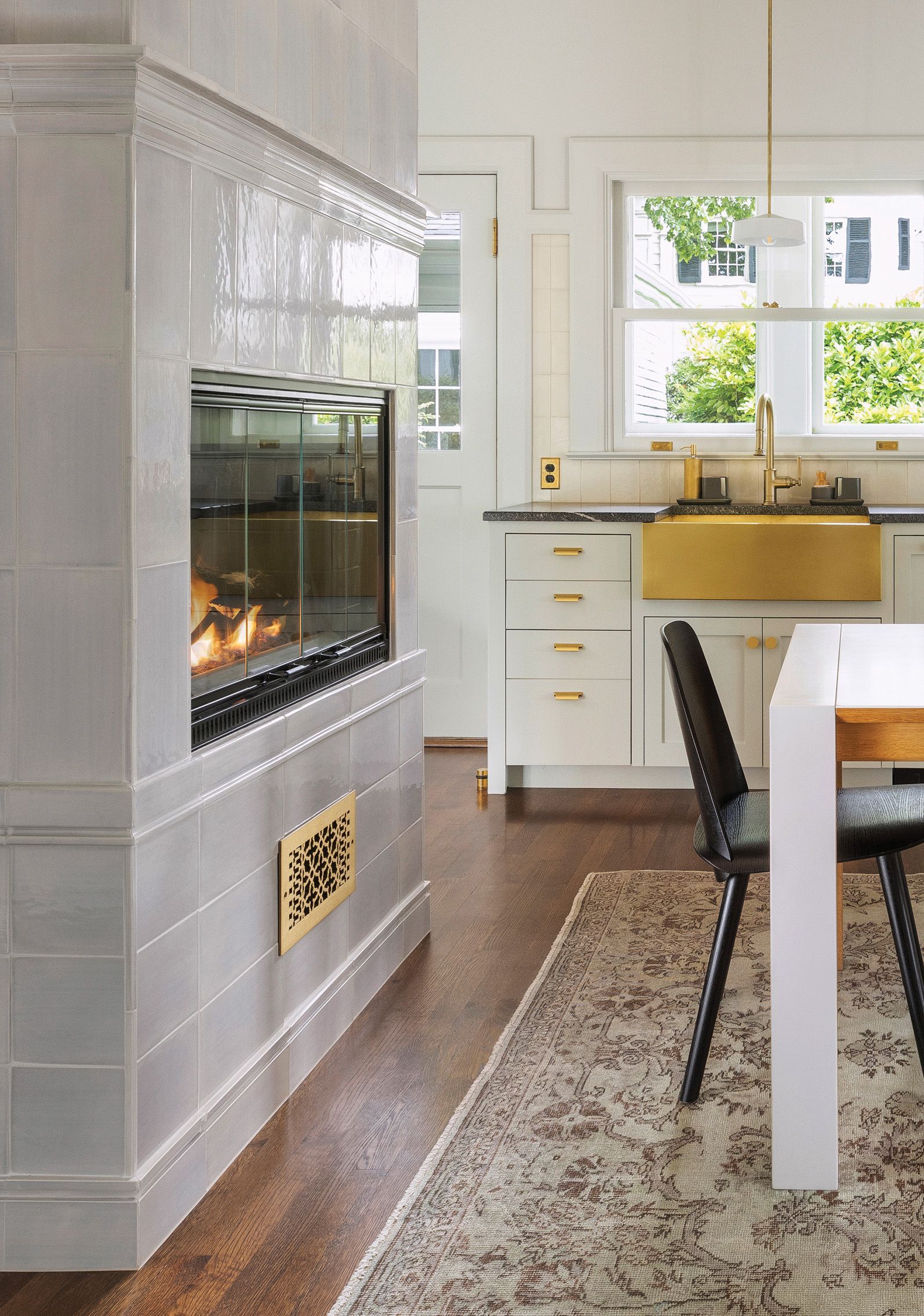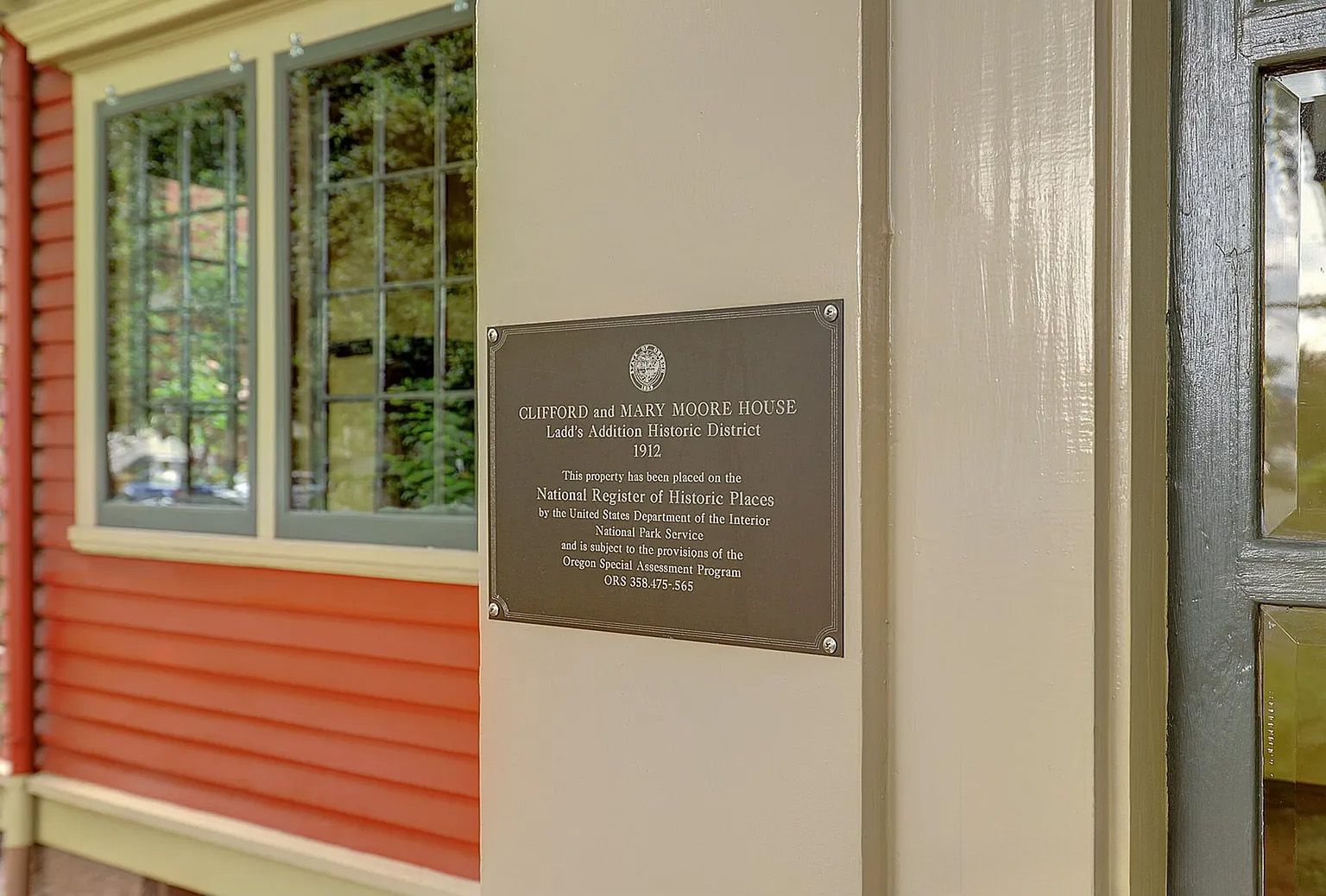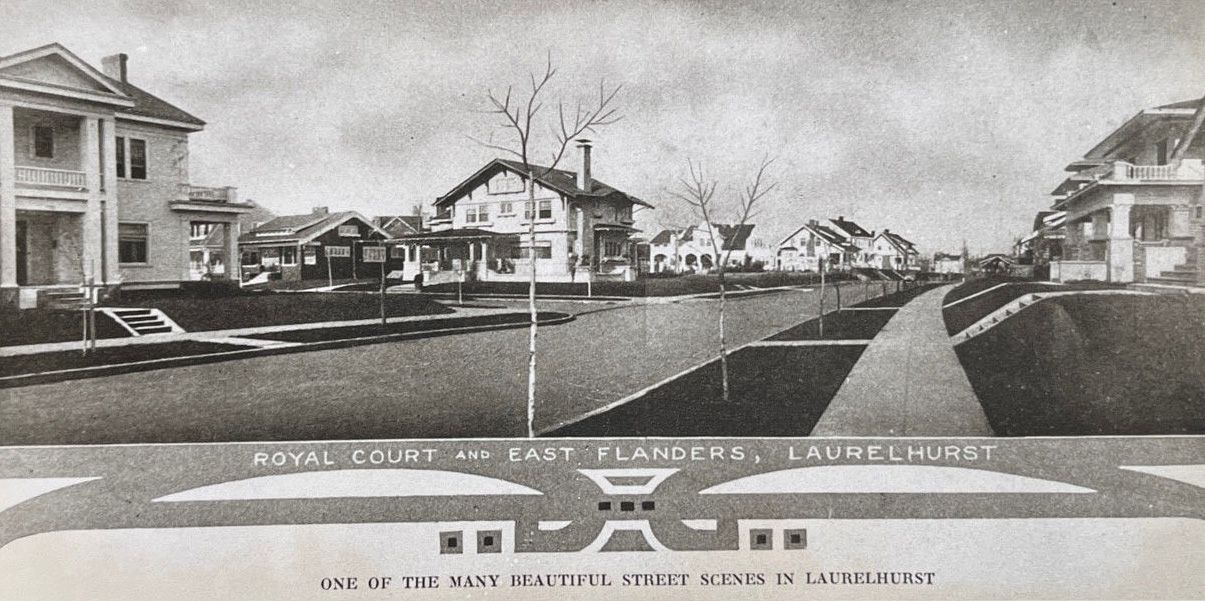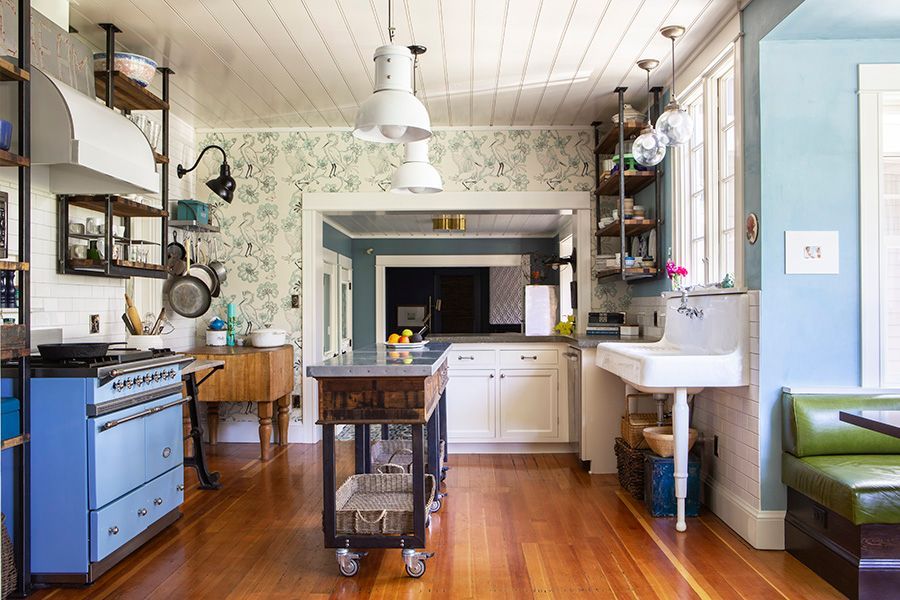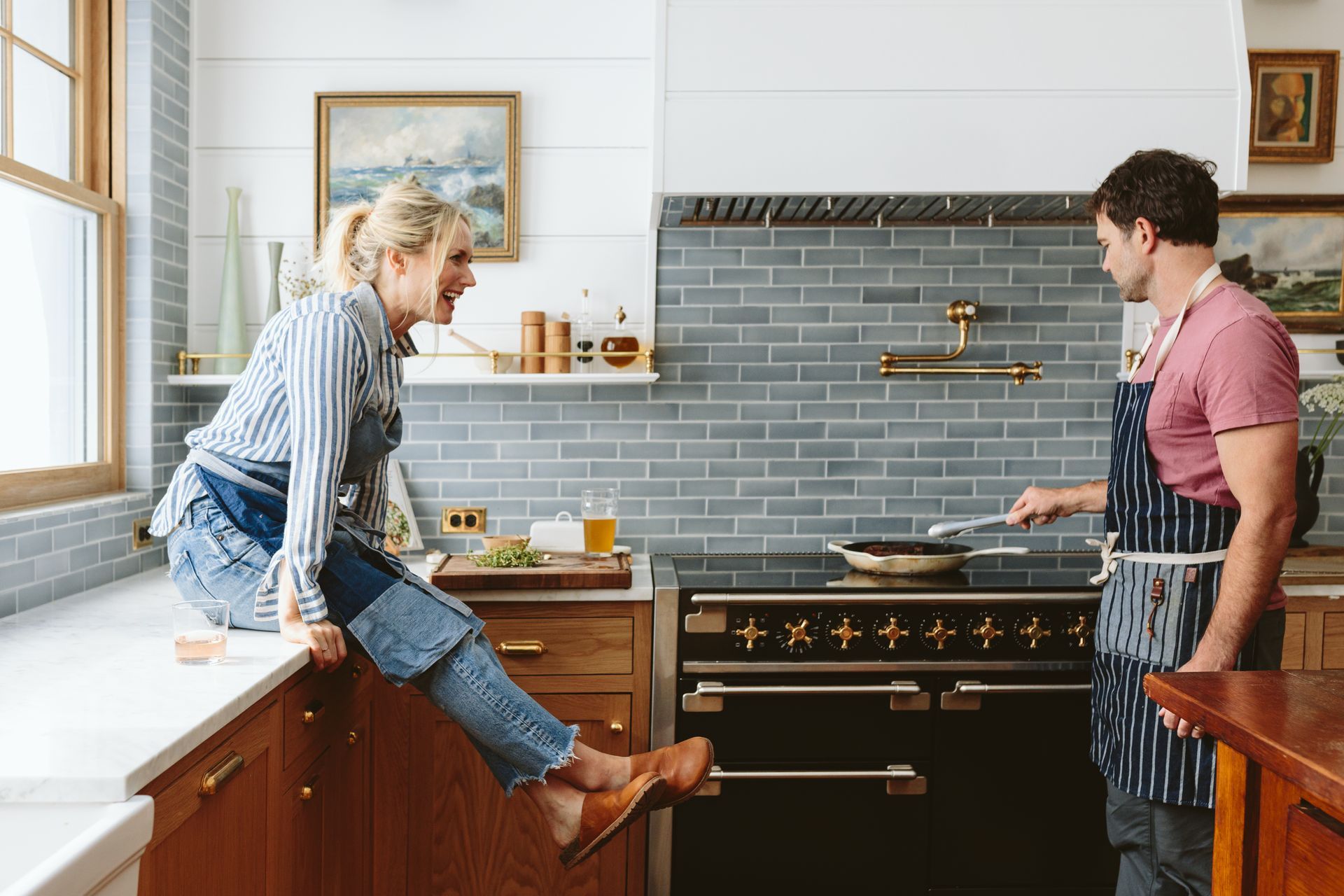
If you're living in a home with vintage charm but are finding that your old electric cooktop no longer fits your needs, it might be time to explore an upgrade to an induction range.
At Arciform, we’ve worked with many clients to blend modern technology into older homes, and one upgrade we often recommend is induction cooking. It's a simple yet effective way to bring your kitchen into the 21st century. So, what exactly is magnetic induction cooking, and why should you consider it for your vintage kitchen? Here's a breakdown based on our experience and what we’ve learned from trusted sources.
What is Induction Cooking?
Induction cooking is a method that uses electromagnetic energy to heat pots and pans directly, rather than heating the burner itself and the air around it. The result? A faster, well controlled, and more efficient cooking experience.
As Fine Cooking Magazine explains:
“An induction burner consists of a ceramic plate with an electromagnetic coil beneath it. When you turn on the burner, an electric current runs through the coil, generating a fluctuating magnetic field. Once you place a ferrous metal pan (such as cast iron or stainless steel) on the burner, the magnetic field induces electric currents within the pan. This process heats the pan directly, not the burner.”
This technology is a game-changer when it comes to efficiency. A pot of water will boil in nearly half the time it would on a standard gas stove, and the heat is evenly distributed, so no more worrying about hot spots that might burn your food. Plus, when you remove the pan, the cooktop cools down quickly, unlike a traditional electric burner.
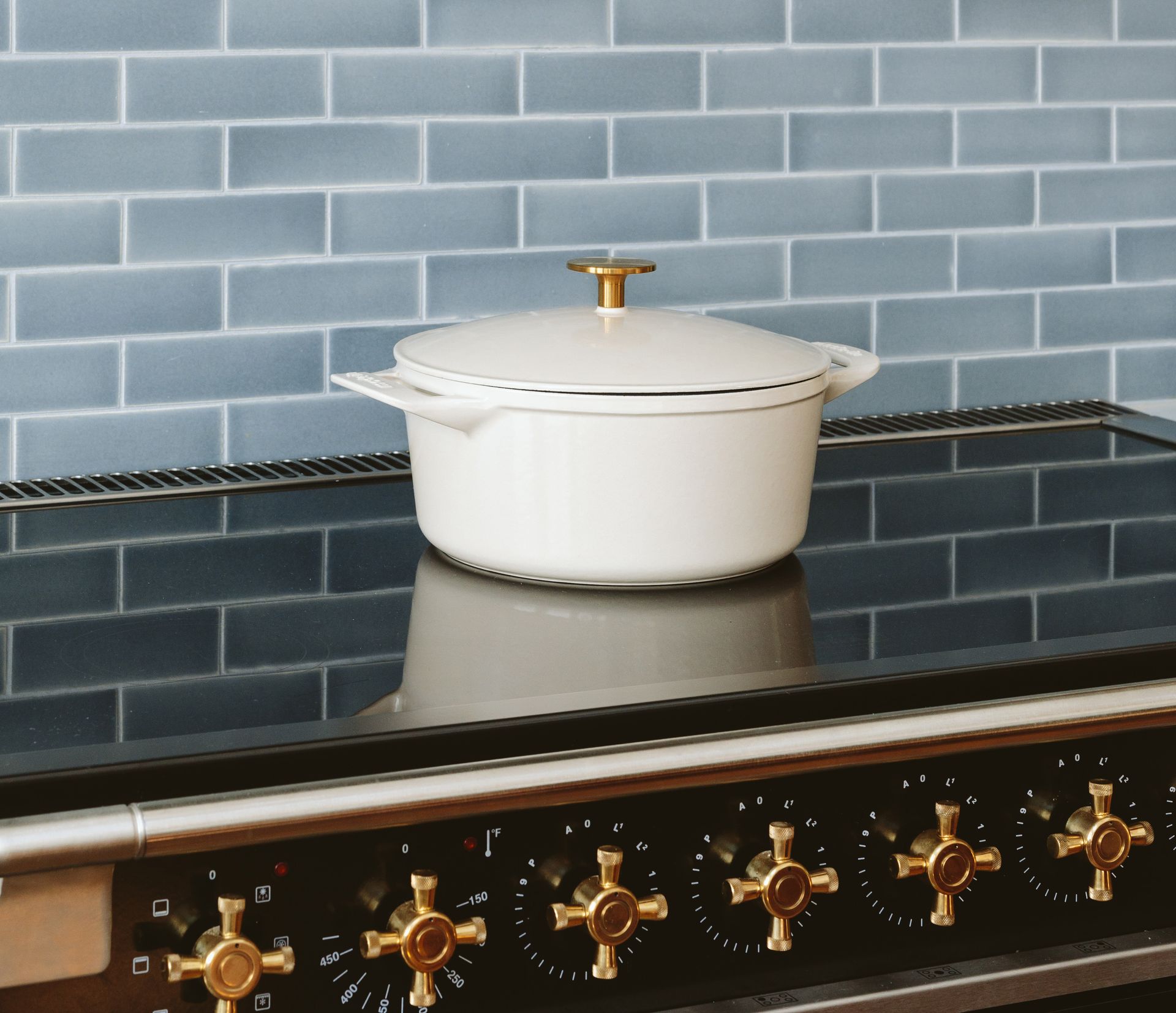
The Key Benefits of Induction Cooking
We’ve seen firsthand how induction cooking can elevate the cooking experience for our clients, and here are the reasons we think it’s a great fit for Portland’s vintage and historic homes:
- Faster Cooking: Induction cooktops heat 25-50% faster than traditional electric ranges. You’ll spend less time waiting for your food to cook, and more time enjoying it.
- Precision and Control: One of the major advantages of induction cooking is its ability to deliver quick, precise temperature adjustments. Whether you're simmering a sauce at a very low heat or searing a steak, you'll have very flexible control over the burner temperature.
- Safer Cooking: Because induction cooktops only heat the pan and not the burner, they are inherently safer. The cooktop itself doesn’t get hot to the touch, so the risk of burns is much lower - especially important for families with young children.
- Easier to Clean: With induction cooking, spills don't bake onto the cooktop like they do on traditional electric stoves. The surface stays cooler since the heat is generated in the pan, making it much easier to wipe clean, an advantage over gas and electric coil burner cooktops.
- Cooler Kitchen: Induction cooktops emit far less heat into the kitchen, keeping your space more comfortable. This can be especially welcome in the summer months when cooking can make your home feel warmer than you'd like.
- Cleaner air: Gas cooktops can have emission issues. They release pollutants into the air that can be harmful especially for children or people with asthma.
- Ventilation: Since there is less heat generated and less off gassing, the hood can be sized down and can be installed at a farther distance from the cooking surface. This can help especially in small vintage kitchens.
- Energy source: If you do not have gas coming to your home but want the versatility and performance of a gas cooktop, induction is an excellent option. Over the long term, it is a very efficient and effective solution.
- Aesthetic: And last but not least, induction cooking really does open up many options for design and application that is a joy to explore.
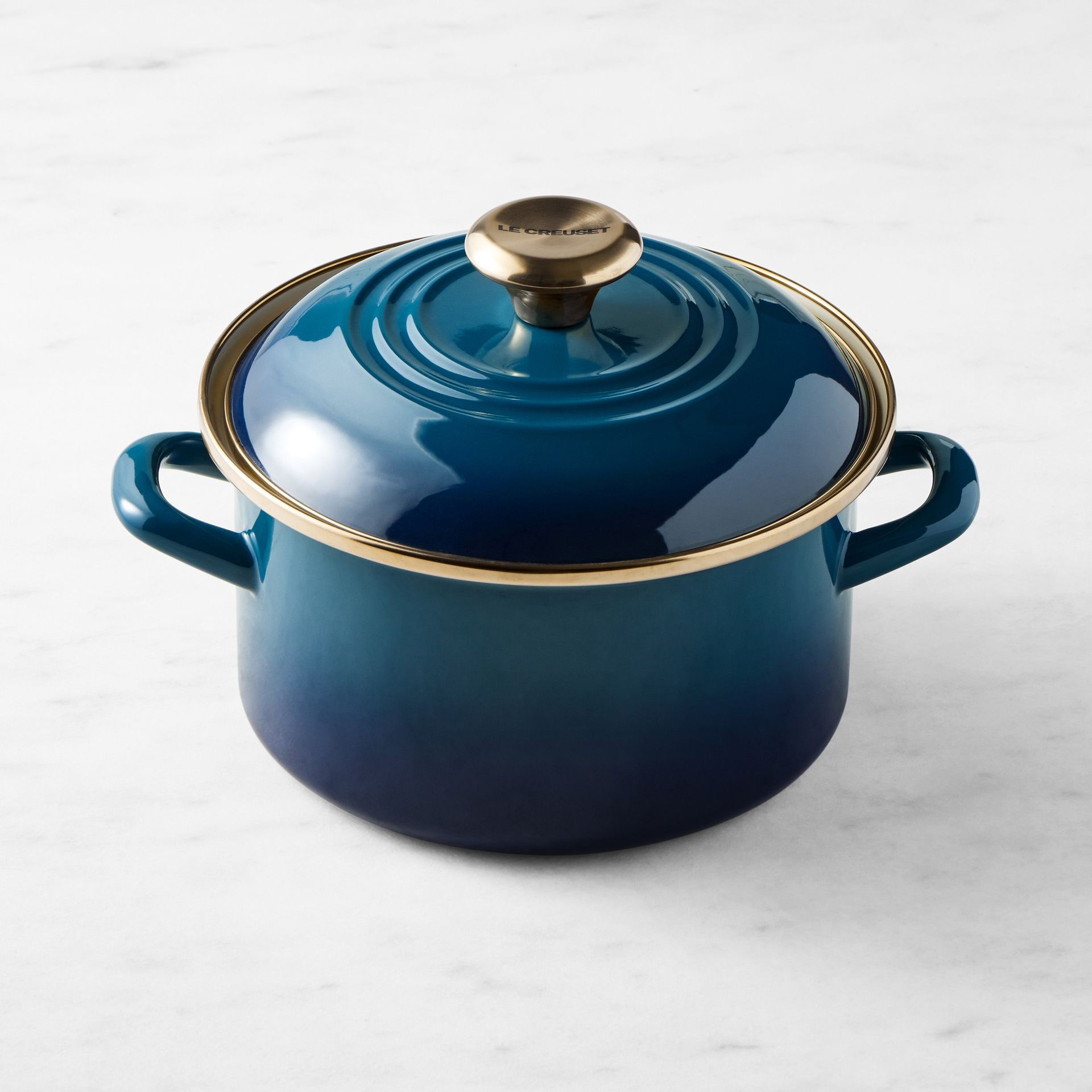
Things to Consider Before You Commit to an Induction Stove
While induction cooking has a lot of advantages, there are a few things to keep in mind when deciding if it’s the right choice for your kitchen.
- Cookware Compatibility: Induction cooking requires cookware made of ferromagnetic materials, like cast iron or stainless steel. If your pots and pans are made of copper, aluminum, or glass, you’ll need to replace them. You can test whether your current cookware will work by simply holding a magnet to the bottom - if it sticks, you're good to go.
- Noise: Some users report hearing a slight buzzing or humming noise at higher settings, though this tends to be minimal with the right cookware. We’ve found that heavy, flat-bottomed pans help reduce vibrations and noise, so it’s worth investing in quality cookware for the best experience.
- Initial Investment: Induction cooktops tend to be a bit pricier than traditional electric and gas ranges, but with energy savings and efficiency over time, it’s often a worthwhile investment.

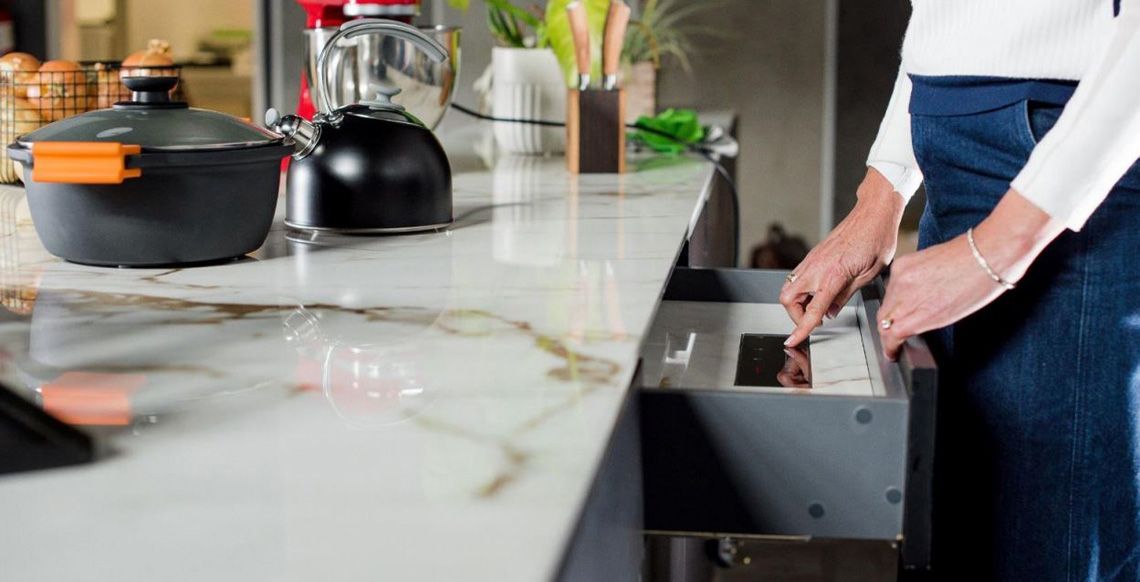
Is Induction Cooking Right for Your Home?
At Arciform, we believe in the value of modern technology and how it can seamlessly enhance the beauty and functionality of older homes. Whether you're remodeling your kitchen or updating your appliances, induction cooking is one of many options that can modernize your home without compromising its historic charm.
We’ve worked with many homeowners who have successfully integrated induction cooktops into their kitchens, and for many, it’s been a game-changer. If you're ready to make a change, we’d love to help you explore the possibilities for your own space.
If you’d like to see induction cooking in action, many appliance suppliers host cooking presentations; or take a look at this video by celebrity chef Curtis Stone, who discusses the benefits of induction cooking in more detail: Watch Curtis Stone discuss induction cooking
Curious what it’s like to cook with an induction range day-to-day?
Emily Henderson shares her real-life experience with induction cooking in her SW Portland farmhouse — read her full review here.
Emily Henderson kitchen photos by Kaitlin Green
See More Stories
